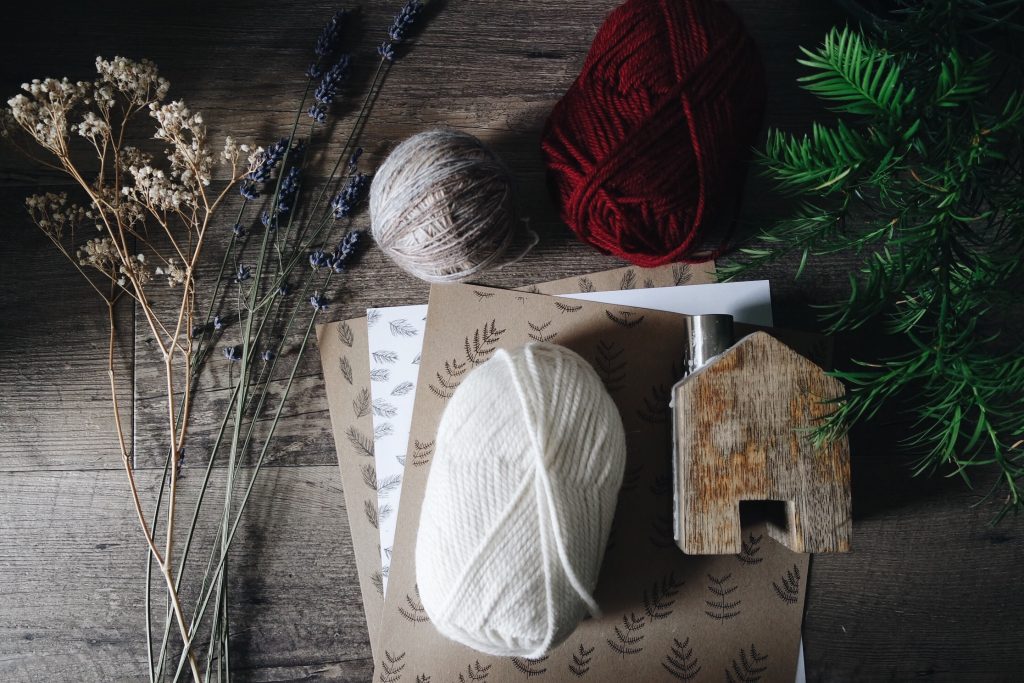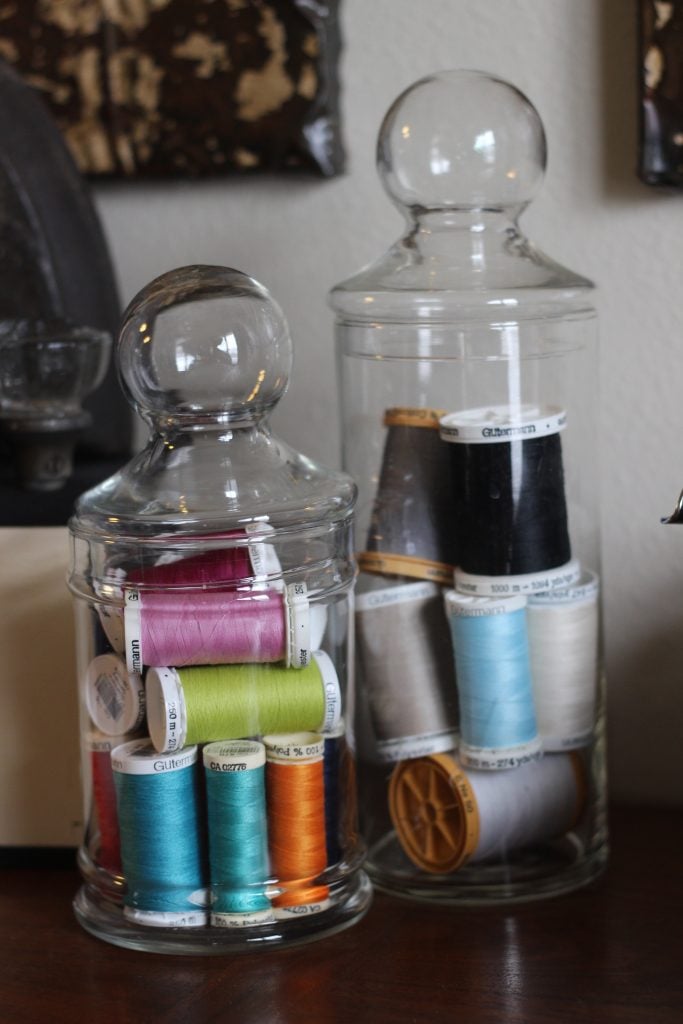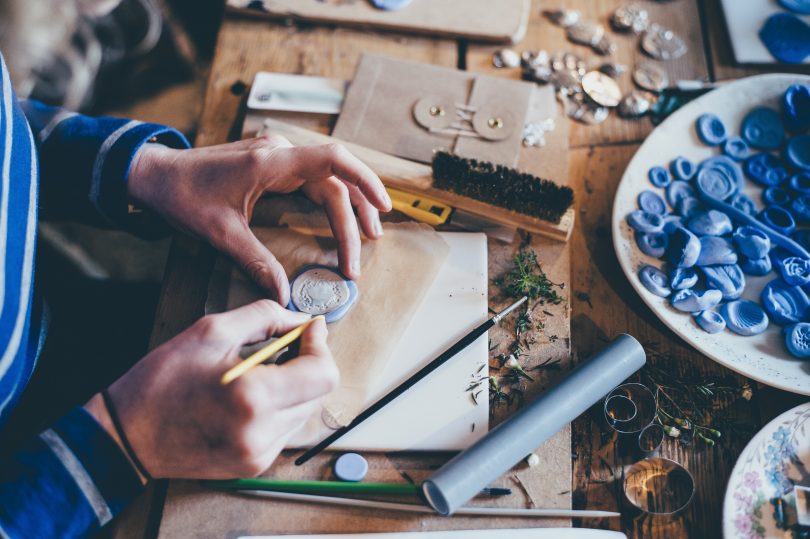So you’ve decided: rather than becoming an Airbnb host, you’re keeping that spare room for yourself as a craft and hobby room! Setting up your craft room is more than just finding places for your gouache paints and tucking all of your fabrics out of the way, it’s a work of art on its own. It should be a place that is inviting, inspiring and speaks to your particular artistic expression. Sure, cubbies and boxes are a great way to begin making sense of a messy room, but what else should you consider? We’ve got some craft room ideas that will remove your artistic blocks and get the creativity flowing. Have a look.

1. Start with the walls
If you’re moving into a new home and have a blank slate, start with choosing an appropriate color for the walls. This might vary depending on whether you’re a painter, a gluer of lamp sculptures, or a seamstress, so keep in mind how the colors on the walls will impact your art. Chances are high that you’ll have lots of pops of color throughout the room; if that’s the case, choose a more neutral color for the walls and save your statement pieces for craft room furniture or wall adornments.
2. Lighting
Of course, you need to see what you’re doing — but have you considered what a little specialty lighting can do to take your craft room from average to a masterpiece? If you have the time and resources, consider installing track lighting that can be angled to highlight your artwork on display as well as illuminate your work-in-progress so you can properly see each detail. Just because this is a DIY craft room doesn’t mean it can’t look like you’re a professional artist!

3. Table & Storage
These are two of the key elements of a craft room: a place for your supplies to live, and a place to turn them into works of art. For a truly DIY feel that adds functionality and efficient use of space, add a solid wood countertop to a set of cubbies or cabinets that are precisely the right height for your craft — whether you like to stand or sit. That way you can keep many of your most often-used tools immediately available, and all that space beneath your table goes to good use. Be sure you leave space around the edge for chairs if you prefer to sit.
For additional storage, get creative! Pegboards on the wall can be a great place to hang tools or baskets, or open shelving units can display your items for easy access. Although it might be tempting to opt for closed cabinets, it can disrupt the artistic flow: the principles of Feng Shui suggest that having your most-used tools and supplies in plain sight, displayed neatly, promotes the flow of creative energy. Sidenote: so do plants and other natural elements!
4. Create zones within your craft room
You’ll want to have some zones that are for making messes and some that are meant to stay clean, zones for storage and zones for brainstorming, and of course a zone to sit back and gaze with appreciation at the fruits of your labor! This is where a little strategic planning comes in. If there is a natural closet space or obvious storage area, designate that first. Decide where the bulk of your creation will happen (bonus points for being close to windows for natural lighting), and build out from there. You could even map out how you envision your furniture going to try on different arrangements!
With some intentional craft room design, you can have a creative space that stays organized and allows for artistic exploration. You’ll reap the benefits of your hard work now, and maybe down the line — when you don’t have to deal with moving a messy room full of old paints and half-finished projects. Trust us.
Let us help you find some professional movers in your area to load in all your new furniture, so you can focus on dreaming about those creative craft room ideas. White walls, or grey?








